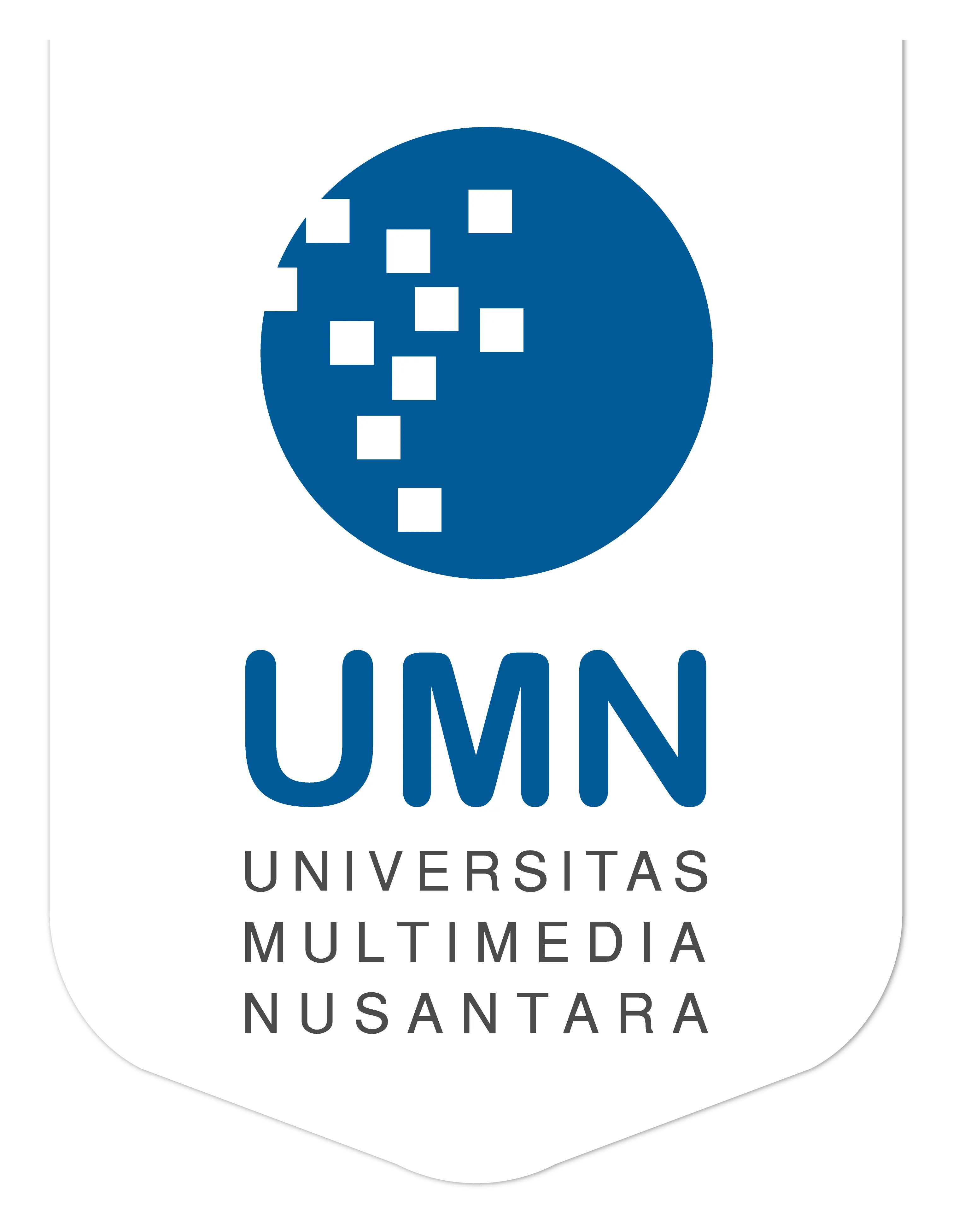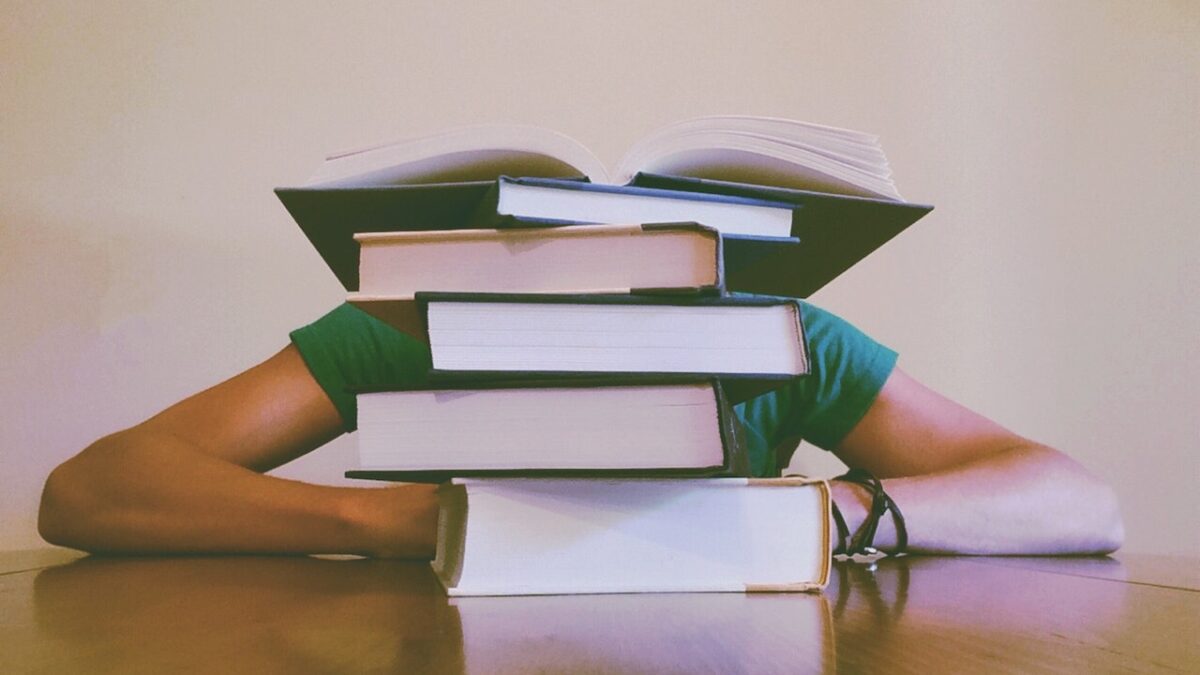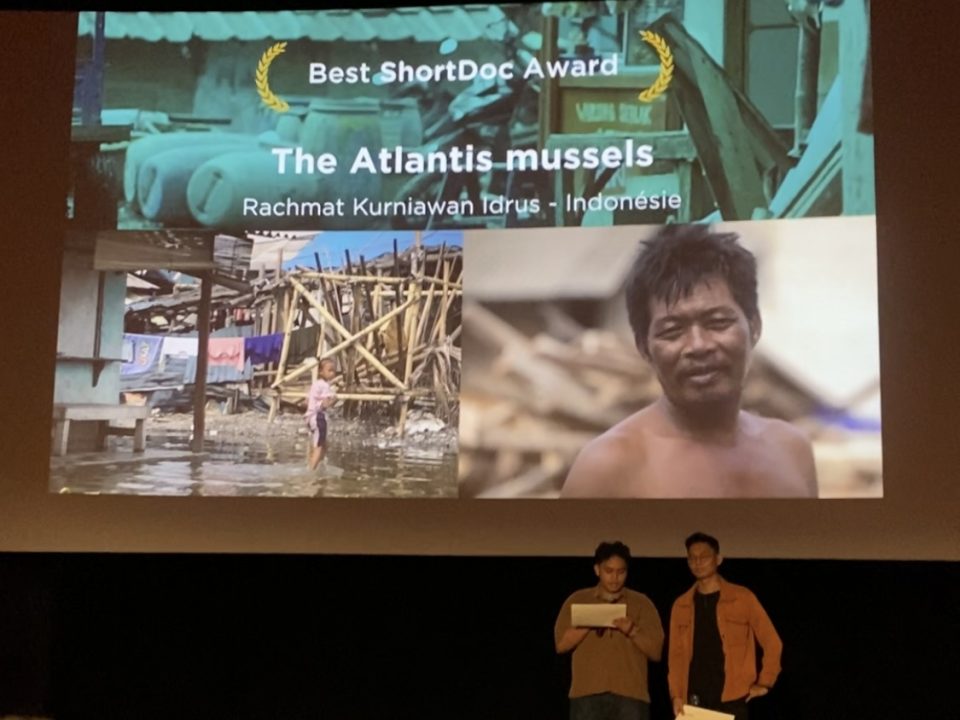
“Blandongan Kota” by UMN Architecture Lecturers Will Become a New Icon for South Tangerang City
December 6, 2022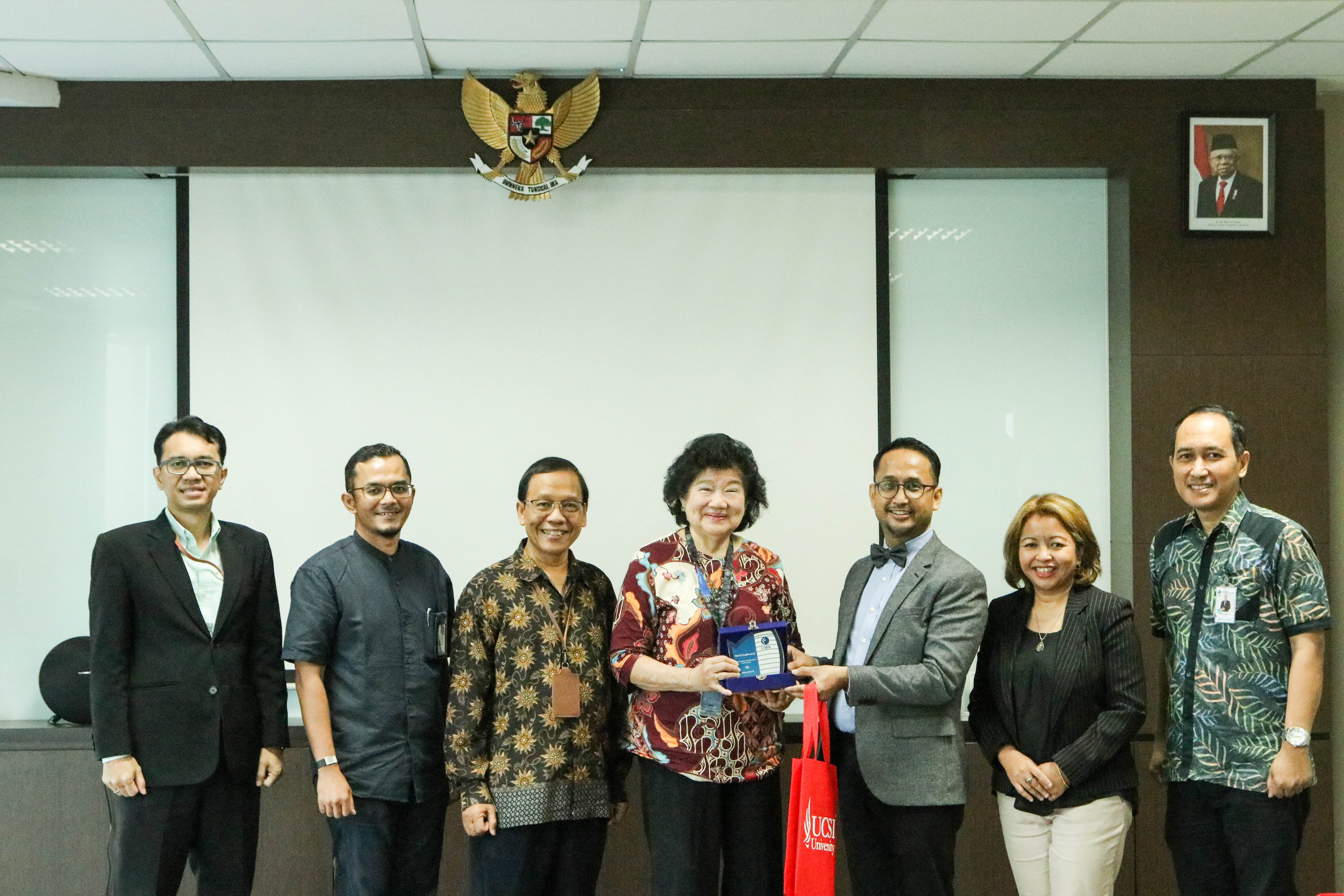
UCSI Malaysia Visits UMN to Discuss Partnership Ideas
December 6, 2022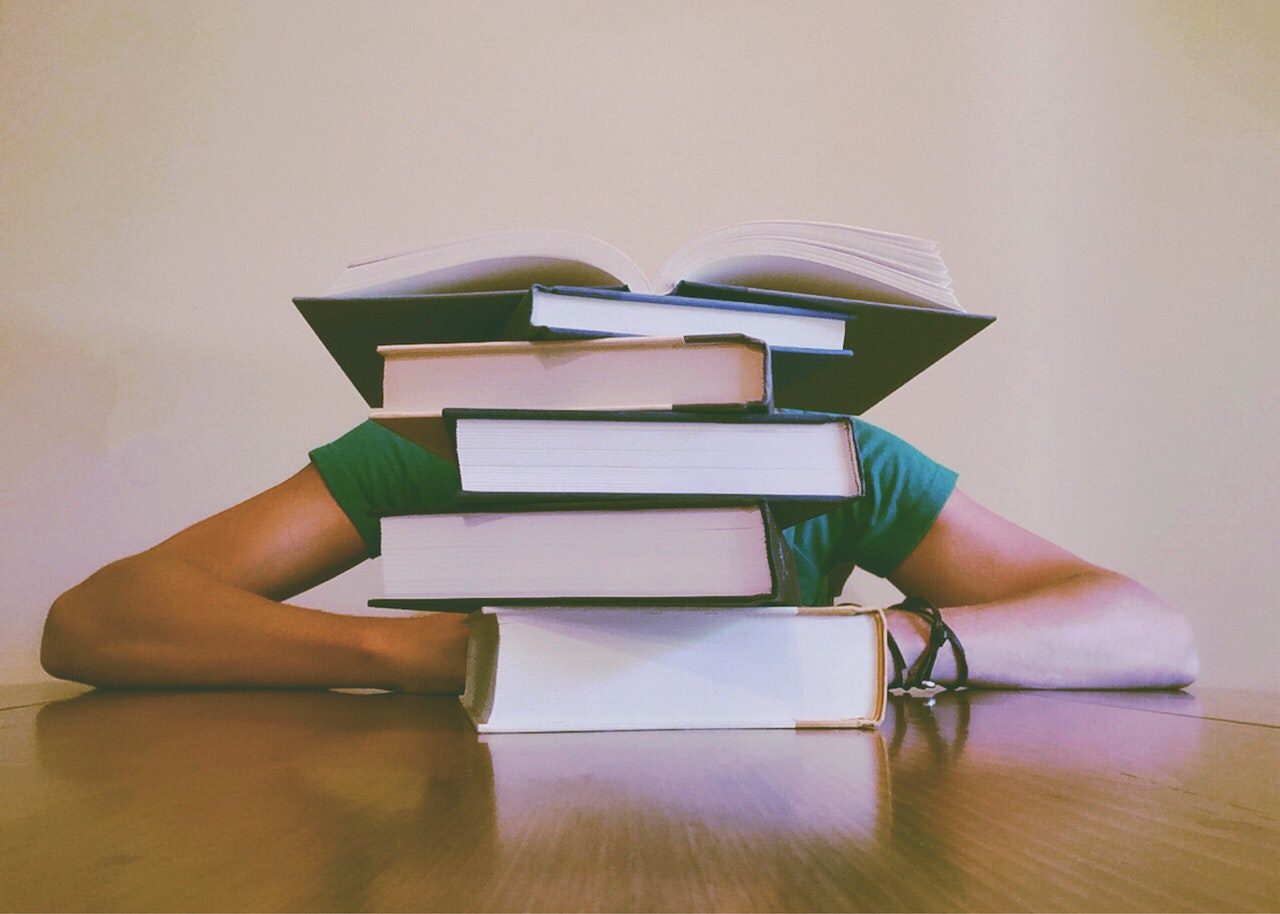
Photo by Pixabay From Pexels
The development of the digital era greatly benefits students when they want to quote or adapt articles or references that they want to use as a reference in writing. The rapid flow of information and the internet makes students seem to take things lightly when doing something and to not complicate things; some will end up copying.
This condition makes plagiarism of scientific work very easy and rampant in the scientific community, especially among students. Plagiarism is a crime of copyright infringement which is fatal for students, lecturers, and educational staff. Plagiarism has been regulated in the Product of Regulation of the Minister of National Education Number 17 of 2010 concerning preventing and controlling plagiarism in tertiary institutions. If this happens, many consequences must be borne by the perpetrator of plagiarism.
Strict sanctions will be given to plagiarists, whether done intentionally or unintentionally. But it’s different if students cite a scientific paper to support their research argument. According to the Ministry of Research, Technology and Higher Education, the level of plagiarism tolerated by students, lecturers and education staff is below 20%.
If you are doing your thesis, paying attention to plagiarism is crucial, as you may have your degree revoked if you commit this dishonorable act. Thesis doers, here are some tips from UMN on how to avoid plagiarism!
1. Sort the Sources Used
In making scientific work, especially a student thesis, it is advisable to use credible and reputable references like journals, scientific articles, books, and scientific seminar publications. When you start working on your thesis, ensure the references you cite are trusted.
Avoid sources that are less credible to be used in a thesis, like websites, Blogspot, WordPress, etc. These sources are lacking in terms of credibility as the author of the writing is unclear. Therefore, be careful, friends, in choosing and sorting out the sources for your thesis so that your thesis advisor won’t scold you
Also read: Non-Academic Activities Beneficial for College Students.
2. Quoting and Paying Attention to Citation Ethics
The next way to avoid plagiarism is by quoting or citing. When searching for references to support an argument in your scientific work, you must cite the sources you have searched for. There are two ways to cite a source as a reference. There are direct quotations and indirect quotations.
Indirect quotations are quotations made by the author using the author’s interpretation and words. But still, the original source (the reference used) needs to be credited by ending the quotation with the original author’s name and year of publication.
Whereas for direct quotations, there are several requirements that need to be considered, whereas, in direct quotations, the author will write out precisely what the original reference says.
Example of a direct quote
According to Hariwijaya and Triton (2011), when quoting, it is also necessary to study how the citation technique is in accordance with scientific standards.
Example of an indirect quote
Marketing is a process carried out by marketers to distribute goods and services from producers to consumers (Srianti, 2022).
When citing, make sure that the citations that have been included in the body of the text are also found in the bibliography. If not, it will also be an indication of plagiarism.
3. Doing Citations
A citation is a writing ethic in which the author gives credit for ideas and also aspirations from the work of other people that we want to include in our scientific writing. Each campus has different citation inclusion regulations. This is arranged in the writing style according to the Campus guidebook for writing the final assignment.
There are many styles of citation writing, ranging from APA, MLA, Harvard, and Chicago. According to the American Psychological Association (APA), there are several rules when a writer makes citations in their paper. One of them is that an author is allowed to quote from a book or journal with a maximum limit of 250 words for textbooks and 5% of the length of writing for journal articles.
4. Paraphrasing
Paraphrasing is a process of rewriting with a writing style according to the author’s character. Paraphrasing is done by the writer by reciting information from other sources but using their own words.
In paraphrasing, what needs to be considered is not only the main idea that we want to refer to, but we also have to pay attention to some details that are relevant to the argument we want to write in our scientific work. One of them is the main idea stated by the author, your reference. In paraphrasing, we change not only the words but also the sentence structure from the original source so that they are not similar.
5. Proofread
A good thesis is a thesis written by the author themselves. So, re-reading or proofreading your writing is an obligation, as this helps to minimize errors in writing or typos that may confuse readers when reading your thesis.
When proofreading, you can double-check whether your thesis has used appropriate and correct language according to Indonesian spelling. Then, you may check whether you have included adequate and appropriate sources according to your campuses’ regulations.
Also read: Get to know the UMN Film & Animation Program.
There you go, UMN friends, are the tips on avoiding plagiarism among students doing their thesis. Hopefully, all the tips provided can be useful and help you prevent plagiarism. Good luck!
By Reyvan Maulid
English translation by Levina Chrestella Theodora
Kuliah di Jakarta untuk jurusan program studi Informatika | Sistem Informasi | Teknik Komputer | Teknik Elektro | Teknik Fisika | Akuntansi | Manajemen| Komunikasi Strategis | Jurnalistik | Desain Komunikasi Visual | Film dan Animasi | Arsitektur | D3 Perhotelan , di Universitas Multimedia Nusantara. www.umn.ac.id
